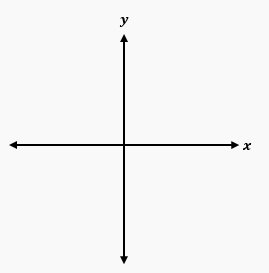Table of contents
- 0. Functions4h 53m
- 1. Limits and Continuity2h 2m
- 2. Intro to Derivatives1h 33m
- 3. Techniques of Differentiation2h 18m
- 4. Derivatives of Exponential & Logarithmic Functions1h 16m
- 5. Applications of Derivatives2h 19m
- 6. Graphical Applications of Derivatives6h 0m
- 7. Antiderivatives & Indefinite Integrals48m
- 8. Definite Integrals4h 36m
- 9. Graphical Applications of Integrals1h 43m
- 10. Integrals of Inverse, Exponential, & Logarithmic Functions21m
- 11. Techniques of Integration2h 7m
- 12. Trigonometric Functions6h 54m
- Angles29m
- Trigonometric Functions on Right Triangles1h 8m
- Solving Right Triangles23m
- Trigonometric Functions on the Unit Circle1h 19m
- Graphs of Sine & Cosine46m
- Graphs of Other Trigonometric Functions32m
- Trigonometric Identities52m
- Derivatives of Trig Functions42m
- Integrals of Basic Trig Functions28m
- Integrals of Other Trig Functions10m
- 13: Intro to Differential Equations2h 23m
- 14. Sequences & Series2h 8m
- 15. Power Series2h 19m
- 16. Probability & Calculus45m
9. Graphical Applications of Integrals
Introduction to Volume & Disk Method
Struggling with Business Calculus?
Join thousands of students who trust us to help them ace their exams!Watch the first videoMultiple Choice
Find the volume of the solid obtained by rotating the region bounded by y=x+4, y=0, x=1 & x=5.

A
3854π
B
4π
C
3604π
D
604π
 Verified step by step guidance
Verified step by step guidance1
Identify the region to be rotated: The region is bounded by the lines y = x + 4, y = 0, x = 1, and x = 5.
Determine the axis of rotation: The problem implies rotation around the x-axis.
Set up the integral for the volume using the disk method: The formula for the volume of a solid of revolution is \( V = \int_{a}^{b} \pi [R(x)]^2 \, dx \), where \( R(x) \) is the radius of the disk at a given x.
Find the radius function \( R(x) \): Since the region is rotated around the x-axis, \( R(x) = y = x + 4 \).
Evaluate the integral: Substitute \( R(x) = x + 4 \) into the volume formula and integrate from x = 1 to x = 5: \( V = \int_{1}^{5} \pi (x + 4)^2 \, dx \).

 5:38m
5:38mWatch next
Master Introduction to Cross Sections with a bite sized video explanation from Patrick
Start learningRelated Videos
0
Introduction to Volume & Disk Method practice set


